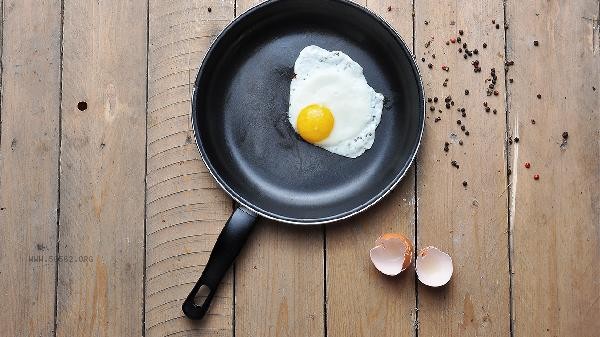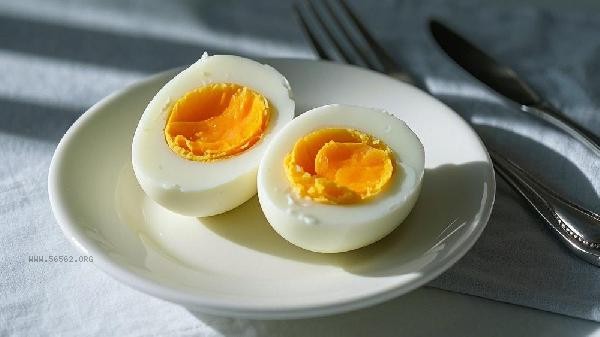To stir fry tender eggs, it is necessary to control the heat, oil temperature, and stirring techniques. The key is to stir fry quickly at low temperatures and turn off the heat at the right time. The key points of tender and smooth eggs include egg mixture preparation, oil control, heat adjustment, stir frying techniques, and timing of serving.

1. Egg Liquid Preparation
When breaking eggs, add a small amount of water or milk, with a ratio of about 1 egg to 5 milliliters of liquid. The liquid can dilute the egg white protein concentration and form a more delicate gel structure when heated. To avoid excessive stirring and the formation of bubbles, gently stir the egg mixture in a zigzag shape with chopsticks until it slightly bubbles. Salt should be added before serving to prevent dehydration.
2. Oil control
Use a flat bottomed pan to pour a thin layer of oil covering the bottom of the pan, with an oil volume of about 5 milliliters per egg. When the oil temperature rises to around 160 degrees, pour in the egg mixture and use wooden chopsticks to test the oil temperature. Insert the mixture into the oil and release fine bubbles. Too little oil can easily stick to the pot, while too much can cause the eggs to absorb oil and age.
3. Firepower adjustment
Keep the fire low throughout the entire process, and adjust the induction cooker to around 800 watts. Immediately reduce the heat of the egg mixture after it is put into the pot, and use the remaining temperature to solidify the bottom. When the edges start to solidify, turn up to medium heat for 10 seconds to promote fluffiness, then turn down the heat to avoid excessive protein shrinkage.

4. Stir fry technique
Use a silicone spatula to push the uncured egg mixture from the outside to the inside, keeping the egg chunks evenly sized. When 70% of the egg mixture solidifies, turn off the heat and use the remaining temperature of the pot to complete the cooking. Avoid repeatedly flipping or shoveling egg chunks, folding large pieces can lock in internal moisture.
5. Timing of serving
When the surface of the egg is slightly moist and shiny, immediately serve it out, with a center temperature of about 75 degrees Celsius. Sprinkle with chopped green onions or black pepper after plating, and the remaining heat will help the eggs reach full cooked and maintain tenderness. Delaying the cooking process can cause water to evaporate and the texture to harden and become dull.

Choosing fresh eggs can enhance their tenderness and smoothness, while refrigerated eggs need to be warmed back to room temperature before cooking. When paired with high moisture ingredients such as tomatoes and shrimp, they can be stir fried step by step to avoid water damage to the egg quality. Corn starch water can be used instead of plain water in daily life to increase elasticity, but the dosage should be controlled to avoid a gelatinous feeling. Clean the cookware promptly after frying eggs, as residual protein can damage the cooking effect next time.








Comments (0)
Leave a Comment
No comments yet
Be the first to share your thoughts!